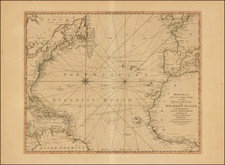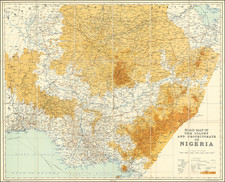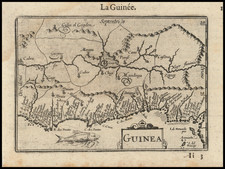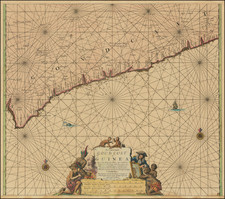This 1927 map, updated through 1929, delineates the urban layout of Élisabethville (present-day Lubumbashi) and its environs during the Belgian colonial period in the Congo. Drafted by Ph. Vandenbak for the Comité Spécial du Katanga, it offers a detailed scale representation of the city's industrial, residential, and public zones, marking sold, reserved, or available plots, and includes significant landmarks like the Episcopal Church Mission and the Laboratoire de Bacteriologie.
During the late 1920s, Élisabethville functioned as a crucial industrial and administrative center in the Belgian Congo, primarily driven by the mining activities of Union Minière du Haut Katanga. The map's creation coincides with a period of rapid urbanization and economic expansion in the region, reflecting the colonial ambition to document and manage urban growth and resource allocation. It illustrates the spatial distribution of colonial power structures, demarcating military zones, indigenous hospitals, and other colonial institutions.
The cartographic techniques and symbols used by Vandenbak capture the administrative precision typical of the period's colonial urban planning. The distinction between sold, leased, and free plots provides insight into the land ownership dynamics and the urban development strategy of Élisabethville.
This map includes valuable data for understanding the urban and social history of Lubumbashi and the broader Katanga region. In it we can see the colonial era's complexities, including the interplay of economic, administrative, and cultural forces that shaped the city's development. The precise delineation of different zones and structures offers a nuanced view of how colonialism physically and socially structured African urban environments.











![(Congo Free State) Carta della stato independente del Congo. . . Eseguita dal Tenente Montuori Francesco [Map of the Congo Free State. . . Performed by Lieutenant Montuori Francesco]](https://storage.googleapis.com/raremaps/img/small/86019.jpg)
![[Senegal / Safaris / Railroads] Chemins de Fer du Senegal](https://storage.googleapis.com/raremaps/img/small/88789.jpg)

